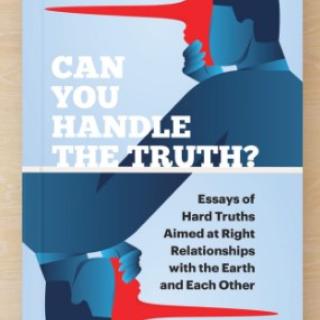Advertisement
The first question you have to ask about The Last of Robin Hood is: Why is it called The Last of Robin Hood?
OK, it’s about the final two years of film star Errol Flynn’s life, and Robin Hood was one of Flynn’s most popular roles. But couldn’t they have come up with a title that’s a bit less awkward?
The only good thing you can say about the name is that it fits in with the rest of the film, which addresses an uncomfortable situation in such an awkward manner that it leaves us feeling even more uncomfortable.
The situation is the real-life affair between Flynn (Kevin Kline) and Beverly Aadland (Dakota Fanning), an aspiring actor who is only 15 when they meet in 1957. Flynn, who’s in his late 40s, obviously knows Beverly is less than half his age, but he doesn’t know she’s underage until after he’s seduced her. That’s because Beverly’s mother, Florence (Susan Sarandon), is so eager to push her daughter toward stardom that she lies about the girl’s age.
But if you’re thinking of giving Flynn a pass due to Florence’s trickery, don’t bother. Even after Flynn learns how old Beverly really is, he shows no qualms about robbing the cradle. Instead, he consults his attorney about the legal ramifications, then ignores him when he’s informed that statutory rape can earn him “hard time.”
Is Flynn a monster? And if so, what should we call Florence, who seems willing to sacrifice her daughter’s innocence for the sake of fame—and maybe for her own opportunity to rub elbows with Flynn and his fellow celebrities?
With its sordid subject matter, the film desperately needs a moral compass, but writer/directors Richard Glatzer and Wash Westmoreland (Quinceanera) refuse to provide one. In a written statement, they declare of the Flynn/Aadland affair: “We made no justification for it and neither did we want to pass judgment.”
I don’t know about you, but I think a little judgment is called for in this case. At the very least, the filmmakers should have given us a point of view. The fact that they don’t makes things harder on both their audience and their big-name stars.
Sarandon comes out the best, partly because her motivations are spelled out in billboard-size letters: Florence values fame because a debilitating accident forced her to give up her own aspirations as a dancer. In contrast, Beverly’s motivations are left rather vague, which forces Fanning to give a performance that’s equally vague. About the only thing we know for sure is that Beverly’s talent is far more limited that either Flynn or Florence is willing to admit.
As Flynn, an icon simultaneously challenged by his ego, his recent failures and his increasing health problems, Kline might have had a field day. Unfortunately, the script mostly depicts him as a Humbert Humbert-type character who’s at the mercy of his illicit desire.
Speaking of Lolita, one of the interesting pieces of history that comes out here is that Flynn was offered the lead role in Stanley Kubrick’s film adaptation. Another is that his last film was Cuban Rebel Girls, a leftist documentary/drama he apparently made in order to put Beverly on the big screen.
I must admit that I’m now curious to see this oddity. It’s probably a spectacular failure, but spectacular failures can be fun—unlike run-of-the-mill failures like The Last of Robin Hood, which are merely disappointing.
Rating: 2 stars (out of 5)
The Last of Robin Hood, rated R, opens Friday (Sept. 12) at the Gateway Film Center in Columbus.



